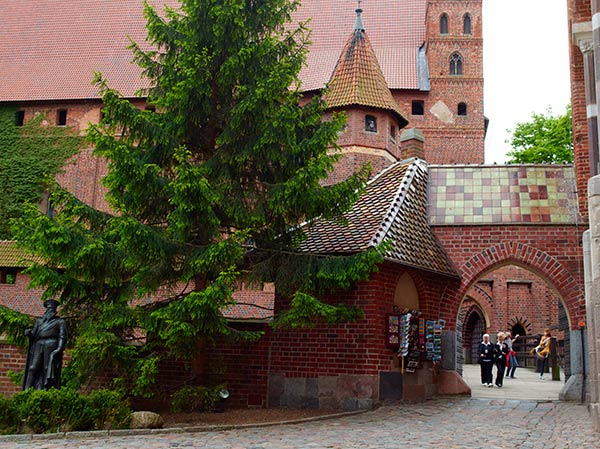Poland: History's crossroads recast as tourist hot spot
 |
|
Photo Provided to China Daily |
In Warsaw, you may pick up on the echoes of Romantic-era composer and pianist Frederic Chopin in the Church of the Holy Cross, where his heart, preserved in liquor, is enshrined in a column. Chopin was born near Warsaw and grew up in the city. You may also learn about the life of one of the world's greatest scientists, Madame Curie, a Warsaw native who conducted pioneering experiments on radiation. A trip to beautiful Warsaw University is also worth the time.
With Germany on the west, and Russia on the east, Poland has had a turbulent history, which you can trace through historic, religious, industrial and architectural monuments and relics. The country has been occupied and torn apart many times in its history. Polish museums are fascinating, and present historical materials using modern technology. The Warsaw Uprising Museum tells the story of the brave resistance to the Nazis by Jewish residents of the Warsaw Ghetto.
Some of the most famous handicrafts in Poland are works of amber, which is fossilized tree resin, produced mainly in Gdansk, a deepwater port city in the north of Poland on the Baltic Sea. Gdansk has striking sea views, and there are a series of ancient buildings, mainly in Gothic and Renaissance styles. Amber shops with intricate works of art line the street in Old Town.
About one hour's drive from Gdansk lies Malbork Castle, a classic example of a medieval fortress. The castle was built by the Teutonic Knights, an order of crusaders, after the conquest of pagan Old Prussia in the 13th century. It was completed in 1406 and, at the time, was the world's largest brick castle.
The castle served as one of the residences of Polish kings until the Partition of Poland in 1772, and was designated a UNESCO World Heritage Site in 1997.














